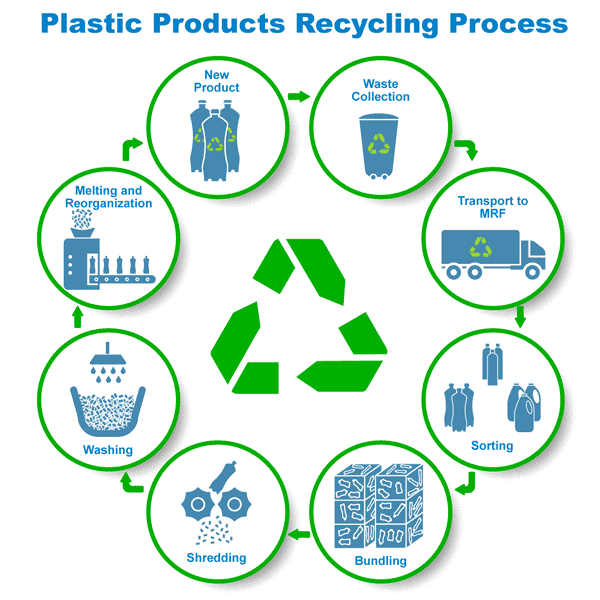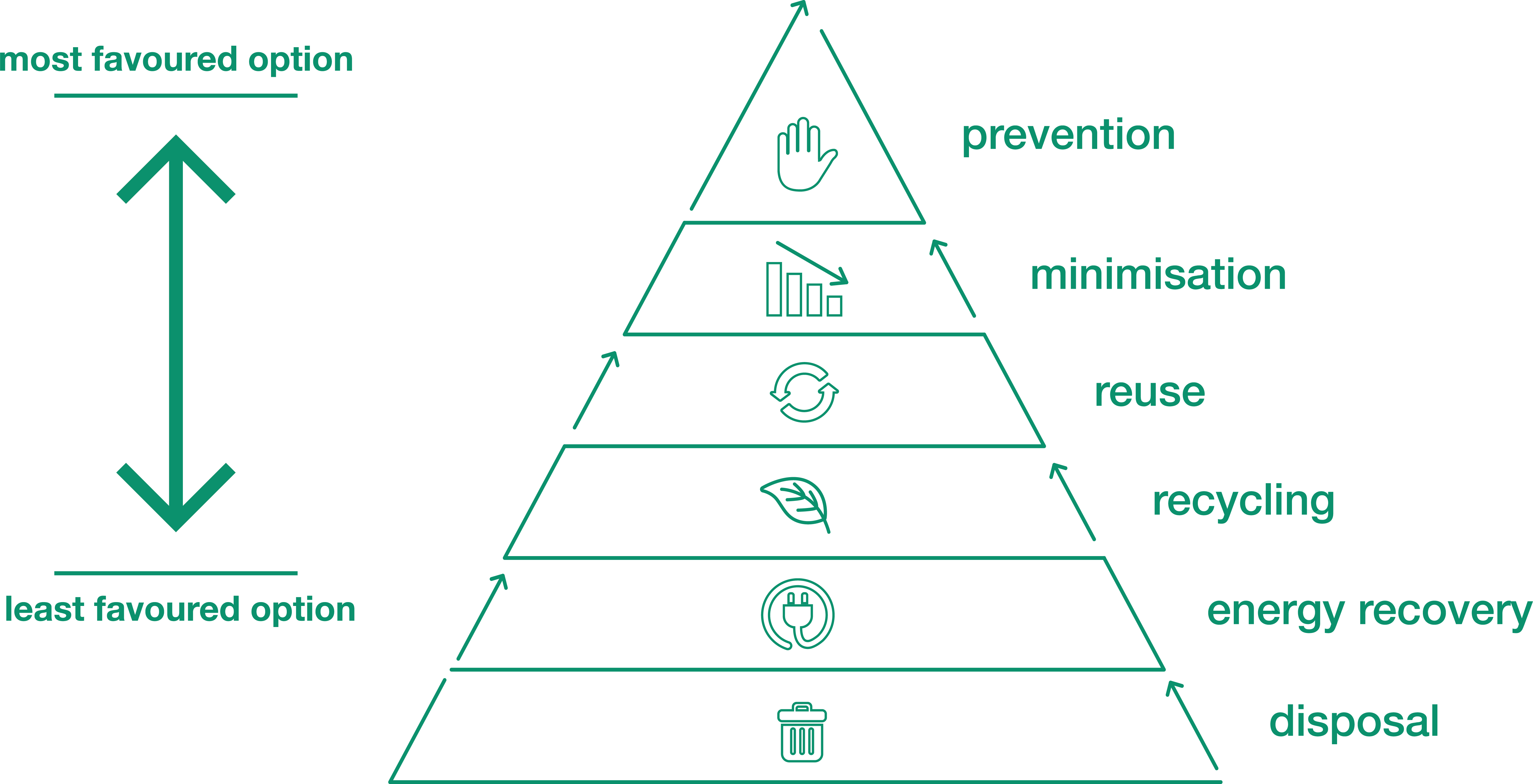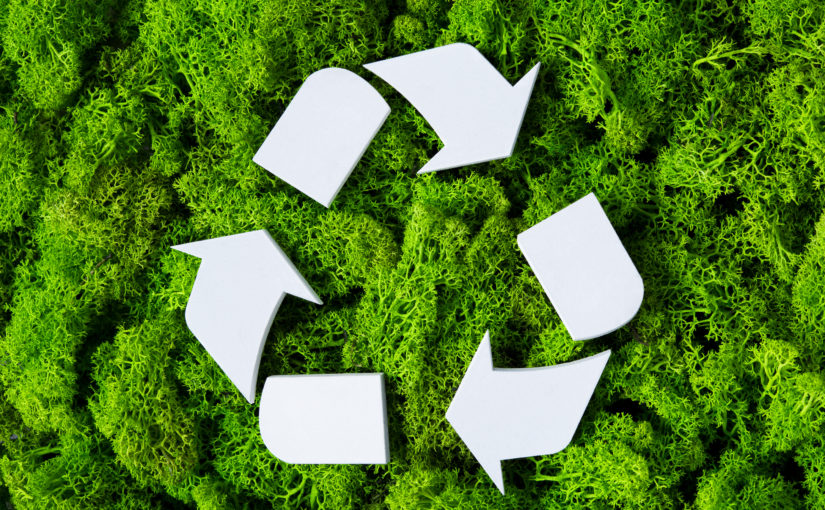Why Pick Recycling Lives Services for Your Waste Monitoring Demands
Why Pick Recycling Lives Services for Your Waste Monitoring Demands
Blog Article
Checking Out Different Kinds of Waste in Modern Waste Monitoring Systems
The modern landscape of waste monitoring entails browsing a complex selection of waste types, each needing specialized handling and disposal techniques to mitigate environmental effects. Community strong waste, unsafe waste, electronic waste, and natural waste each existing unique difficulties and opportunities for source healing.
Community Strong Waste
Local strong waste, often described as family trash or garbage, incorporates a variety of thrown out products generated by residential, industrial, and institutional sources within a district. This waste stream usually consists of products such as product packaging, food scraps, backyard trimmings, paper, plastics, fabrics, and disposed of home products. The monitoring of local solid waste is a critical element of urban planning and public wellness, requiring efficient collection, transport, and disposal systems.
Reliable waste administration systems are developed to minimize ecological effect while making best use of resource recuperation. Composting natural waste, such as food scraps and lawn trimmings, not only reduces landfill usage however also generates useful soil changes.
Communities have to additionally resolve the logistical and financial obstacles associated with waste management. Carrying out pay-as-you-throw systems, boosting public awareness, and spending in modern technology can significantly boost waste diversion prices. By incorporating these practices, municipalities can promote sustainable areas, lower greenhouse gas exhausts, and save natural resources.
Hazardous Waste

Efficient hazardous waste administration entails several essential steps: recognition, disposal, segregation, and treatment. Recognition requires the classification of waste based upon its hazardous buildings. Segregation guarantees that hazardous materials are kept individually from non-hazardous waste to stop cross-contamination. Treatment techniques, such as chemical neutralization, incineration, and stabilization, are employed to decrease the poisoning, volume, or mobility of the waste. Disposal alternatives, consisting of safe land fills and below ground storage space, are selected to guarantee long-lasting control.
Governing frameworks, such as the Resource Conservation and Recuperation Act (RCRA) in the United States, give standards and criteria for contaminated materials administration. Adherence to these laws, combined with improvements in waste treatment technologies, is essential in reducing the risks connected with contaminated materials.
Digital Waste
Electronic waste, commonly described as e-waste, represents a rapidly growing challenge in waste monitoring systems worldwide. This sort of waste incorporates disposed of digital gadgets and tools such as mobile phones, computers, tvs, and other digital home appliances. The rapid speed of technological innovation, paired with reducing item life-spans and customer demand for the newest devices, has exponentially raised the quantity of e-waste produced annually.
E-waste is especially problematic due to its complicated composition, typically including dangerous substances like cadmium, mercury, and lead, which posture considerable environmental and health threats if not appropriately managed. On the other hand, e-waste additionally contains important products such as silver, copper, and gold, which can be recouped and recycled. The dual nature of e-waste-- both valuable and dangerous-- demands specialized handling, reusing, and disposal procedures.
Efficient e-waste monitoring involves rigorous regulative structures, durable collection systems, and advanced reusing innovations. Public awareness and participation are important, as incorrect disposal techniques, such as prohibited dumping and informal recycling, intensify environmental contamination and health and wellness dangers. Subsequently, enhancing e-waste administration methods is check over here crucial for reducing eco-friendly effect and recuperating valuable resources in a significantly digital world.

Organic Waste
Organic waste, making up kitchen scraps, yard trimmings, and farming deposits, represents a considerable section of the international waste stream. This type of waste is biodegradable, implying it can be broken down by bacteria right into easier organic substances. Despite its possibility for natural disintegration, inappropriate management of organic waste can lead to unfavorable environmental impacts, including the discharge of greenhouse gases such as methane, which add to environment change.
Efficient administration of natural waste is crucial for minimizing these ecological impacts (recycling lives services). Composting is a widely embraced method, changing natural waste right into nutrient-rich garden compost that can improve soil health and wellness and farming productivity. In addition, anaerobic digestion is an arising modern technology that transforms organic waste into biogas, a renewable resource resource, and digestate, which can be used as fertilizer
Municipalities and waste management entities need to execute robust natural waste collection and therapy programs to make the most of the benefits of these processes. Public education and learning projects can additionally play a critical role in encouraging households and organizations to separate organic waste from other kinds of waste. By prioritizing the management of organic waste, societies can reduce landfill usage, reduced greenhouse gas exhausts, and develop beneficial results for farming usage.

Ingenious Waste Administration
In the world of waste administration, cutting-edge approaches are changing how cultures handle their refuse, intending for sustainability and effectiveness. One popular development is the implementation of smart waste containers furnished with sensing units that keep track of fill levels and maximize collection paths.
One more notable growth is the adoption of waste-to-energy (WtE) modern technologies. By transforming non-recyclable waste into functional power with procedures such as incineration and anaerobic digestion, WtE reduces land fill problem and provides a renewable power source. Furthermore, advancements in chemical reusing enable the failure of complicated plastics into their original monomers, enabling the production of new, top official website quality plastic products.
Furthermore, the circular economy version is acquiring traction, stressing the layout of products and systems that prioritize reusability and resource effectiveness. This holistic strategy encourages markets to reduce waste generation from the outset. With these innovative approaches, contemporary waste monitoring systems are not just dealing with the instant obstacles of garbage disposal yet also leading the way for a much more lasting future.
Conclusion
An extensive understanding of metropolitan solid waste, harmful waste, digital waste, and natural waste, paired with this the implementation of innovative waste administration remedies, is critical for alleviating ecological influences. Integrating technologies such as wise waste bins and waste-to-energy systems can improve performance and sustainability. Reliable waste management methods not just foster resource healing yet likewise advertise public awareness and participation, eventually adding to the advancement of a circular economic climate.
The contemporary landscape of waste management involves navigating a complicated range of waste kinds, each calling for specialized handling and disposal methods to alleviate environmental impacts. Municipal solid waste, harmful waste, electronic waste, and organic waste each existing distinct challenges and possibilities for resource recovery.Digital waste, typically referred to as e-waste, represents a swiftly growing obstacle in waste monitoring systems globally. With these ingenious methods, modern-day waste monitoring systems are not just attending to the prompt obstacles of waste disposal however likewise paving the way for a more sustainable future.
A comprehensive understanding of municipal strong waste, unsafe waste, digital waste, and organic waste, coupled with the application of ingenious waste monitoring options, is imperative for reducing environmental effects. (recycling lives services)
Report this page